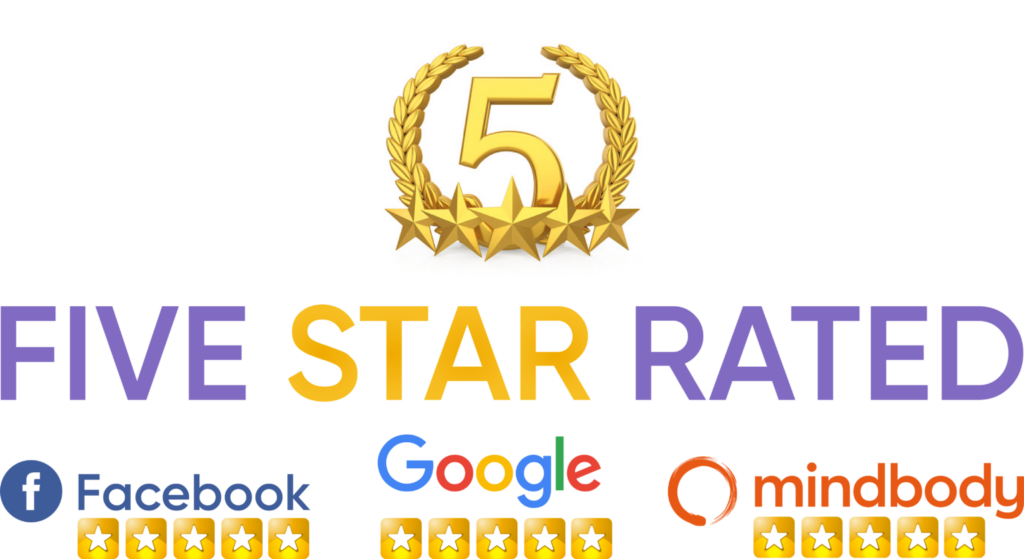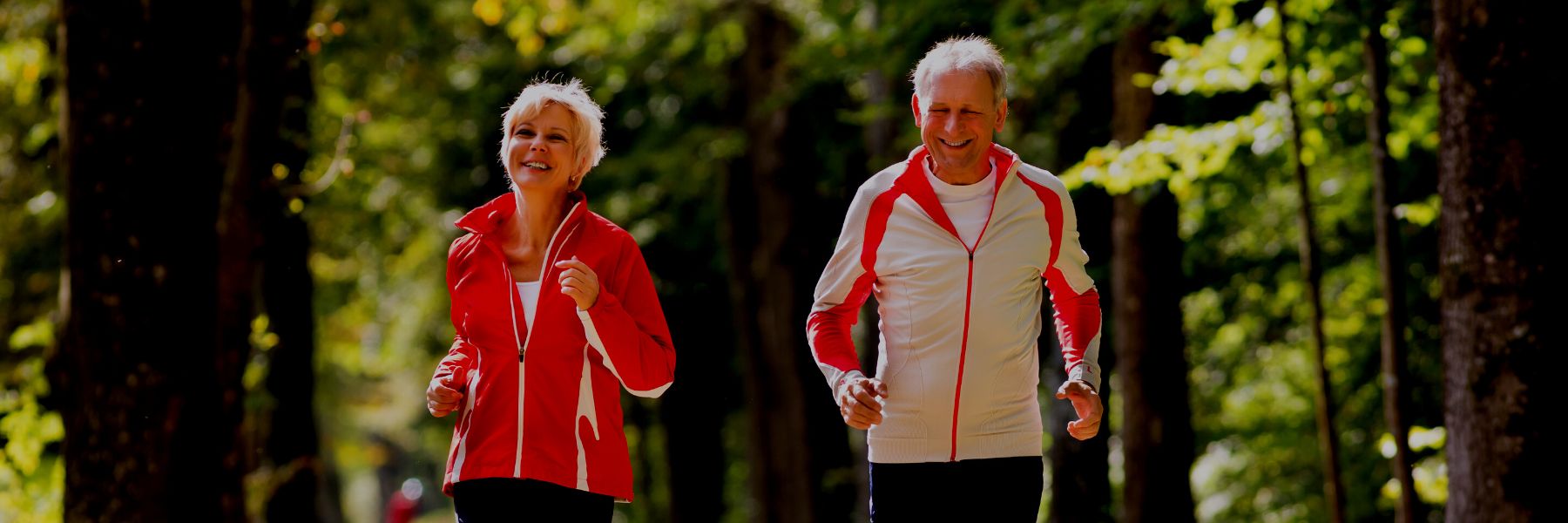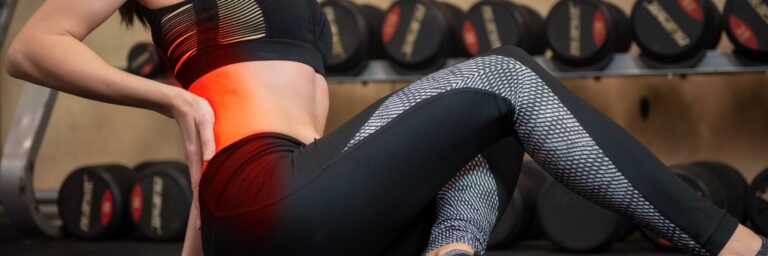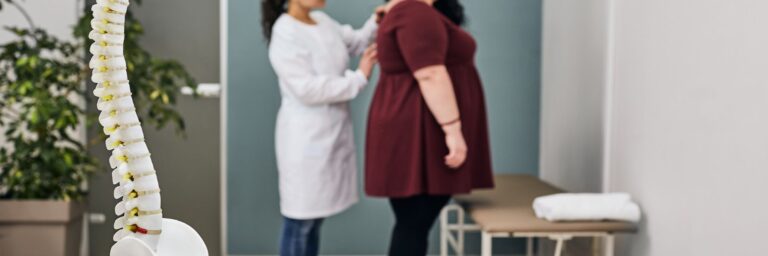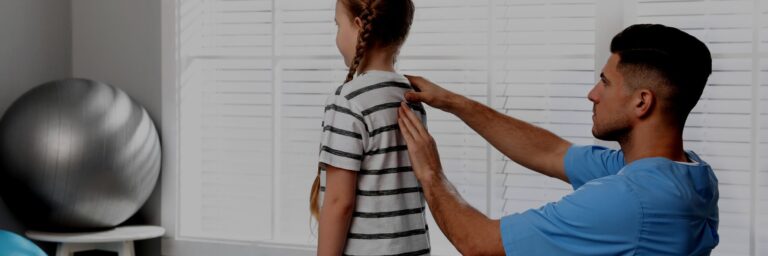The Root Cause of Pain
A few words on nutrition and emotions... The 3 key pillars of good health are proper movement and alignment. Our bodies need to be stimulated and challenged to continue to feel good and progress. Along with this, nutrition to nourish and support ourselves. The final element is positive emotions and mindset. Trauma and negative emotions of the body keep us in a sympathetic nervous system overactivation. When in periods of high stress, we create a toxic environment for our bodies. To heal our bodies, we need to be able to relax and get into our parasympathetic nervous system. This is the state of rest and digest. Unless we can spend time in this state, our bodies can’t repair itself and things begin to break down. With proper nutrition, movement, and a healthy mindset remove the barriers to healing and our bodies begin to heal themselves.
There is a growing realization among physical therapists that poor posture and postural asymmetries are not just causes of lower back pain but also contribute to neck problems such as headaches. The reason for this? Our heads & necks have become an easy target when we’re out in public due our constant use on electronic devices like cell phones, tablets or computers with screens up near eye level which cause individuals who read them often bring their shoulders forward while performing job duties at home too! Physical therapist can utilize treatment approaches focusing specifically down right side you’ve been slouching over time leading towards chronic discomfort because there’s no muscle building from either end so everything gets tighter overtime.
We all know how it feels when our diaphragm gets pancakes from a serious case of The Mondays, but did you also realize that poor posture could be the cause? When we stand up straight and hold still for too long (like during an office meeting), there is increased pressure on this one area in particular-the lowerback. This can lead not only to pain down below because things like nerves are compressed by their own muscle; even breathing becomes difficult since air has nowhere else go other than between your legs or into bloodstreams! If these problems aren’t resolved quickly enough with some self care measures such as standing tall throughout each day while taking deep breaths through pursed.
With one or both sides of your diaphragm not working properly, other muscles will take over to help you breathe. These accessory muscle groups are in the neck and shoulder girdle region; they can create tension headaches by being overused if there is postural symmetry issues with them acting out as our respiratory engine–the way it handles air flow into and out from bodies while taking note at what point we need more support via crutches (like pillows) so that everything doesn’t try falling apart on its own accord. The therapist often uses manual therapy methods like gently touching tips/edges.

The therapist will utilize a more manual and hands-on approach to improve postural symmetry. In addition, the therapists provide handouts with breathing education for patients that teach them how they can take care of themselves while also making sure their respiratory system is working well by focusing on exercises such as deep breaths or tummy clicks (which are really simple). Lifestyle changes are key in treating these pathologies; it’s not just about doing therapy but incorporating whole body wellness into your everyday life.
You may have guessed your neck pain and headaches could be a result of decreased function or poor position for one major muscle group, but did you know it’s more likely due to an imbalance in other groups? If this is the root cause behind what’s causing problems with respiration (or lack thereof), improvement from standard treatments will only go so far until postural restoration techniques are implemented. Left-handed people use their left side more than the right and vice versa for those who are right handed. This causes muscle imbalance, which can lead to pain in some cases such as headaches or neck tension due to restrictions within soft tissue causing difficulties with movement at joints; restoring proper postural balance requires retraining neurological memories via individualized physical therapy treatment plans designed specifically toward you. What I really enjoy with PRI is that it gives me the opportunity to take my treatment approach one step further. For example, by teaching patients how certain exercises will not only help alleviate their knee pain but also address other underlying symptoms such as back tightness and headaches.
